Moving a piano is no small feat. Whether you’re relocating to a new home or simply rearranging furniture within your current space, transporting a piano requires careful planning, proper equipment, and skilled hands. At Clear Lake Movers, we understand the unique challenges involved in piano moving, and we’re here to share our expertise with you.
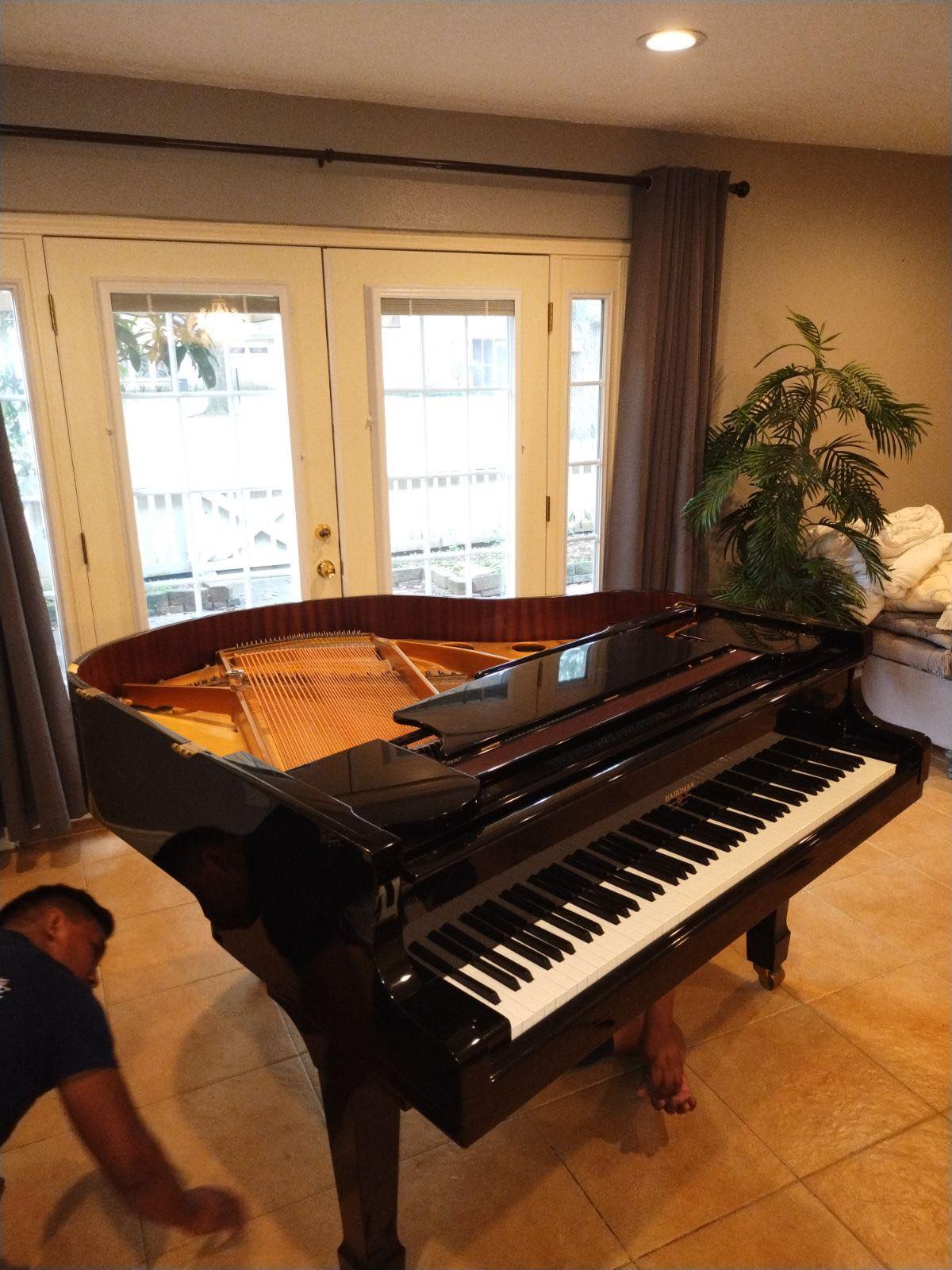
1. Assessment and Preparation: Before moving a piano, it’s essential to assess the situation thoroughly. Consider the size and weight of the piano, as well as any obstacles or tight spaces you may encounter along the way. Clear pathways and remove any potential hazards to ensure a smooth moving process.
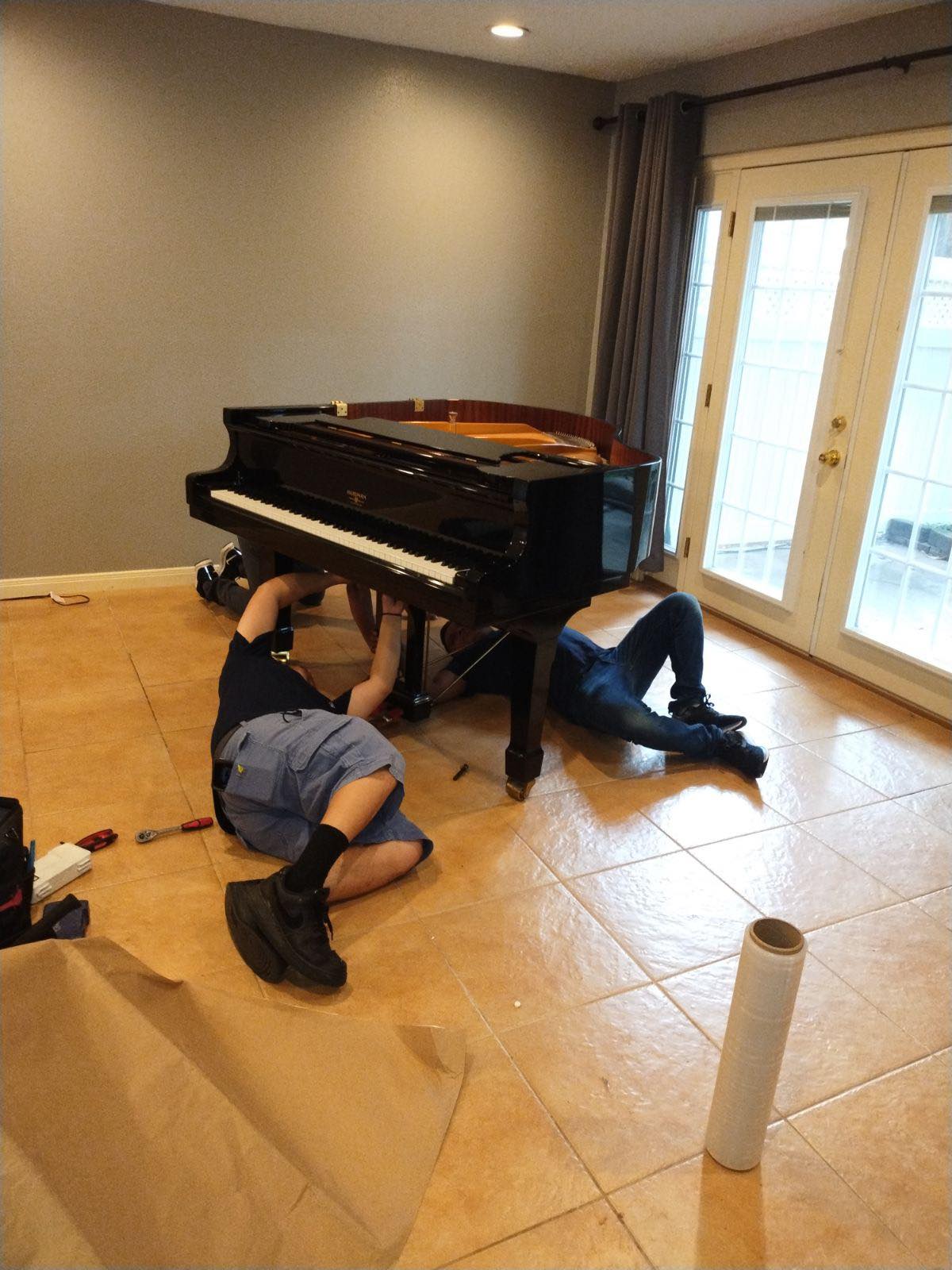
2. Gather the Right Equipment: Moving a piano requires specialized equipment to ensure both the safety of the movers and the integrity of the instrument. Invest in sturdy furniture straps, moving blankets, and a dolly with heavy-duty straps to securely transport the piano without causing damage.
3. Protective Measures: Properly protecting the piano is crucial to prevent scratches, dents, or other damage during transit. Wrap the piano in moving blankets and secure them with furniture straps to provide cushioning and stability. Pay special attention to the delicate keys and pedals, using extra padding as needed.
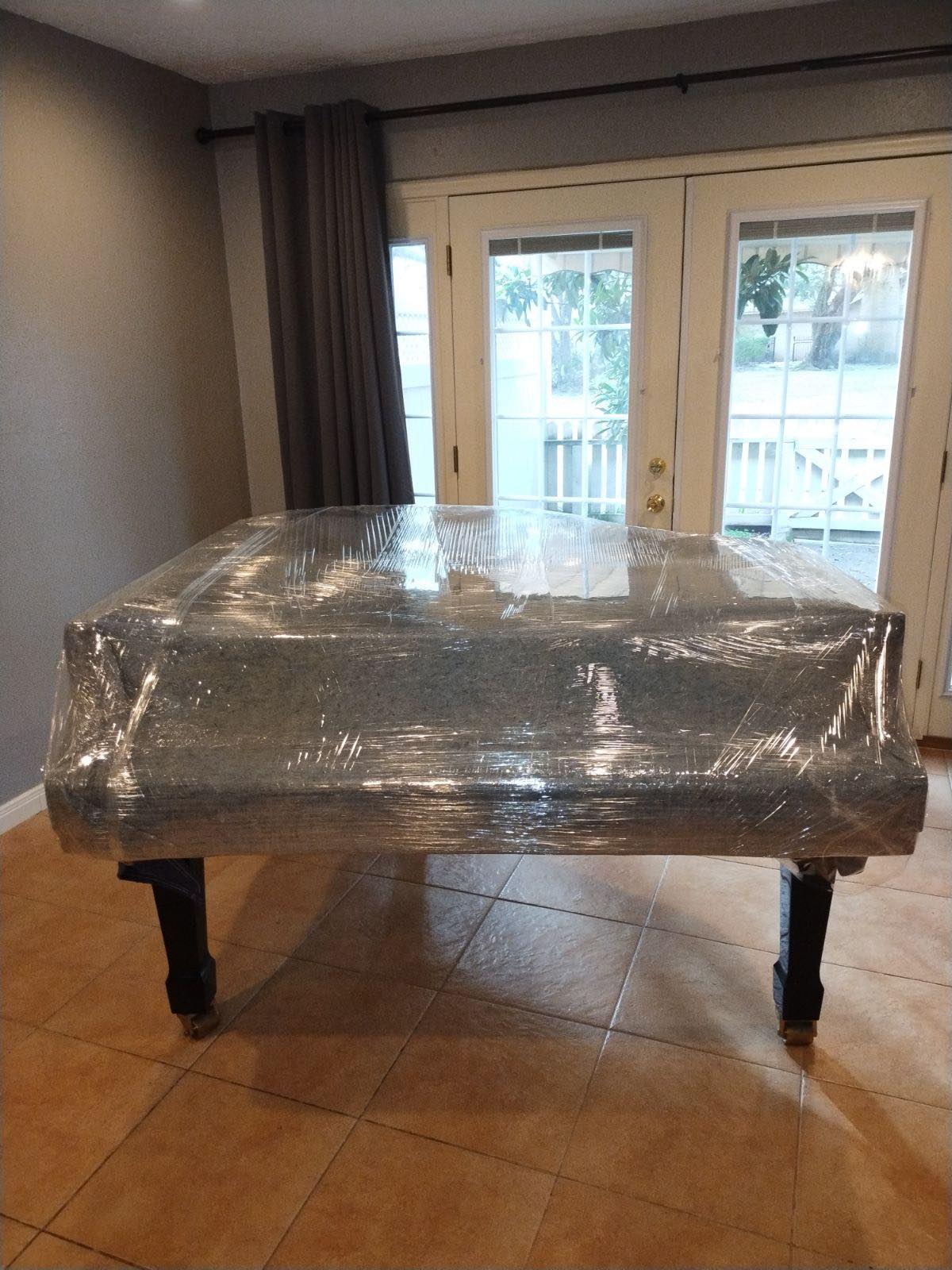
4. Disassembly (if applicable): In some cases, it may be necessary to partially disassemble the piano to facilitate the moving process, particularly for grand pianos or older, more fragile models. Consult with a professional technician or piano mover to determine the safest approach for disassembly and reassembly.
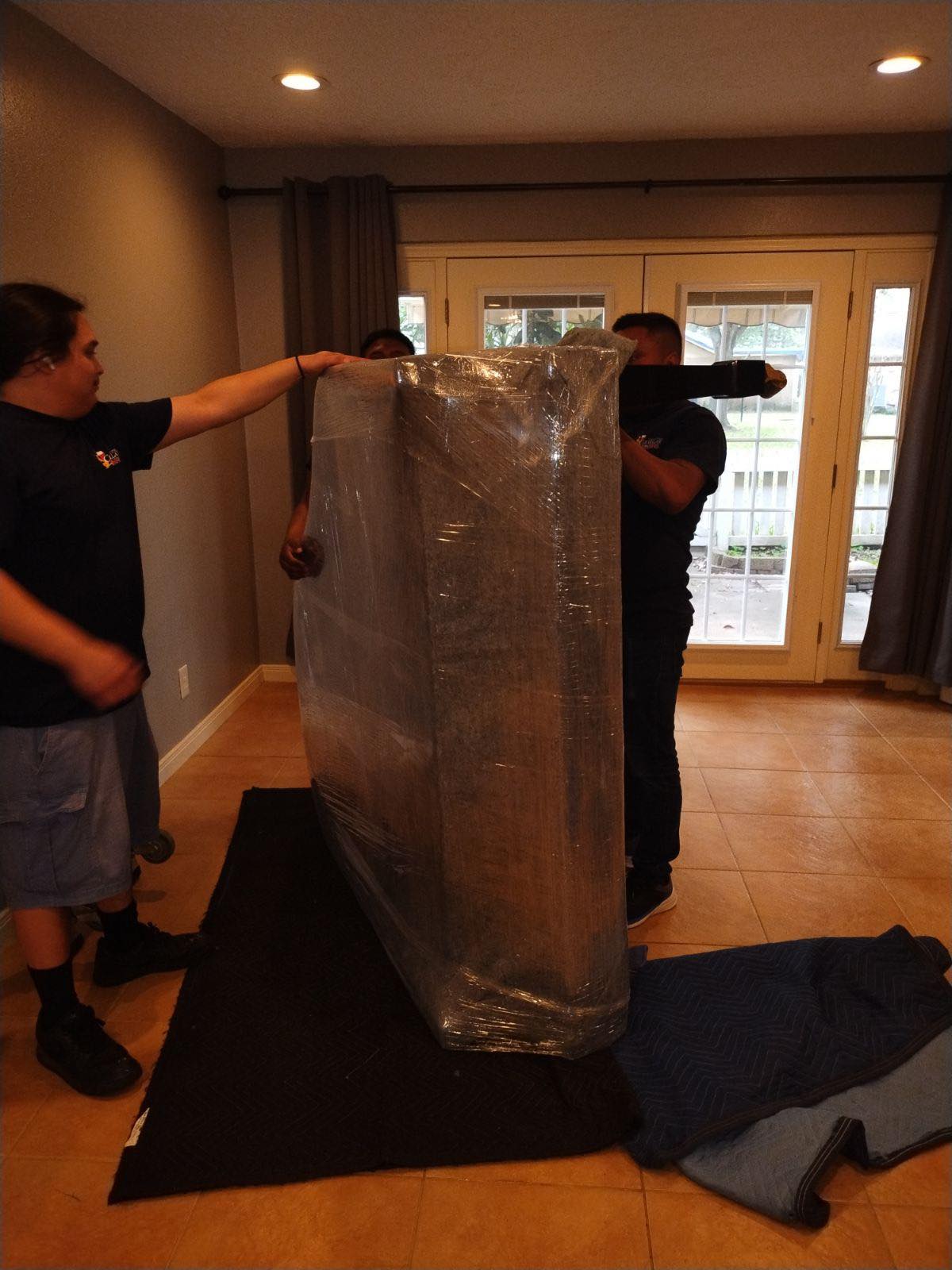
5. Teamwork and Communication: Moving a piano is not a one-person job. Enlist the help of experienced movers who understand the intricacies of piano transportation. Effective communication and coordination among team members are essential to ensure a successful move without mishaps.
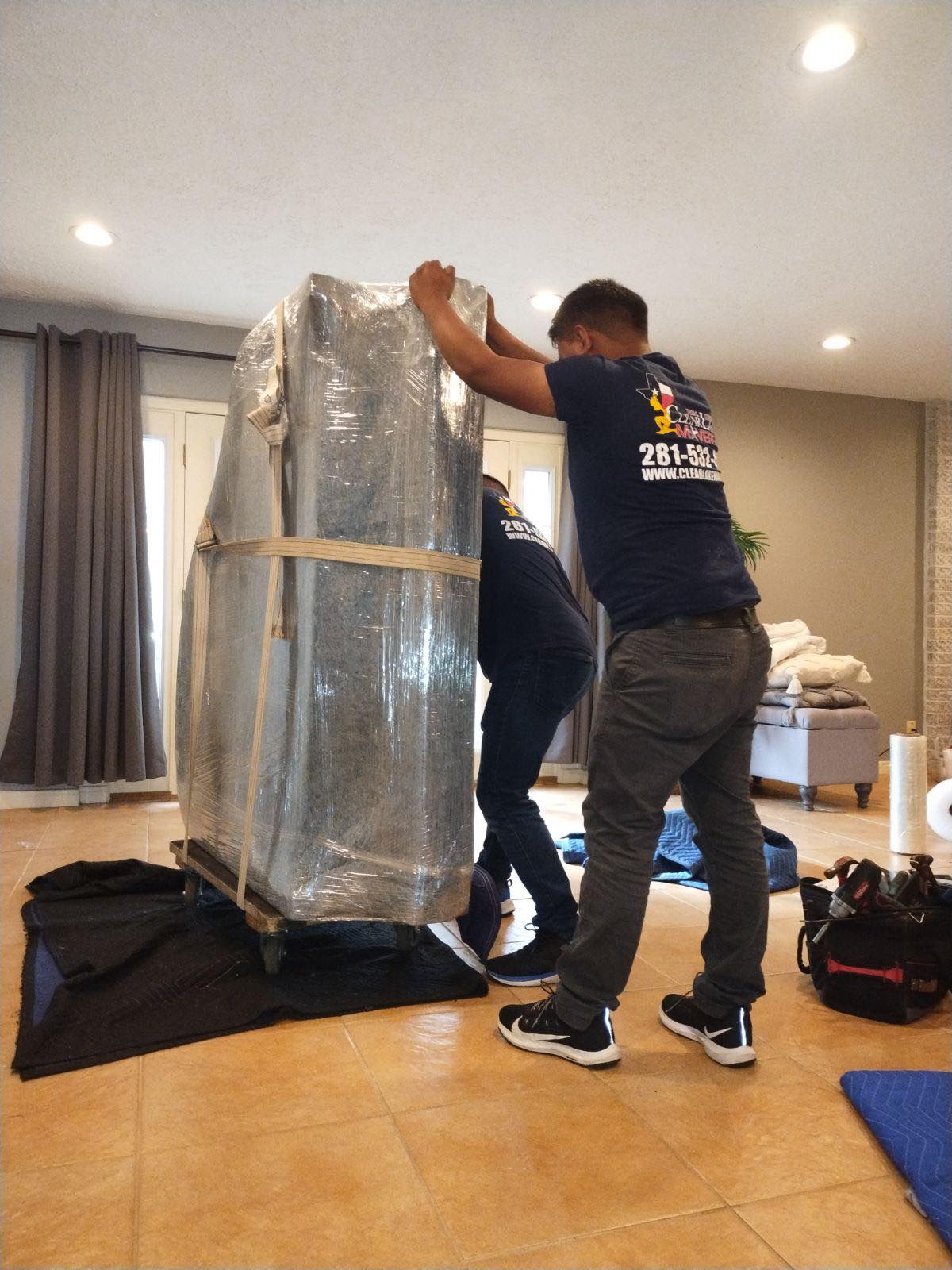
6. Careful Maneuvering: When transporting the piano, take your time and proceed with caution, especially when navigating stairs, narrow hallways, or doorways. Use the dolly to carefully roll the piano into position, avoiding sudden movements or sharp turns that could cause the instrument to tip or become unbalanced.
7. Secure Transportation: Once the piano is loaded onto the moving truck, secure it firmly in place to prevent shifting during transit. Use additional straps or braces to anchor the piano to the truck walls and minimize any potential movement.
8. Unloading and Placement: When unloading the piano at its destination, reverse the moving process with care and attention to detail. Position the piano in its new location, taking into account factors such as room temperature, humidity levels, and proximity to direct sunlight, which can affect the instrument’s sound and condition.
9. Tuning and Maintenance: After the move, it’s advisable to have the piano professionally tuned to ensure optimal performance. Additionally, inspect the instrument for any signs of damage incurred during the move and address any necessary repairs promptly.
Moving a piano requires precision, patience, and a deep understanding of the instrument’s unique characteristics. By following these tips and enlisting the help of experienced professionals like Clear Lake Movers, you can ensure a smooth and successful piano moving experience.




0 Comments